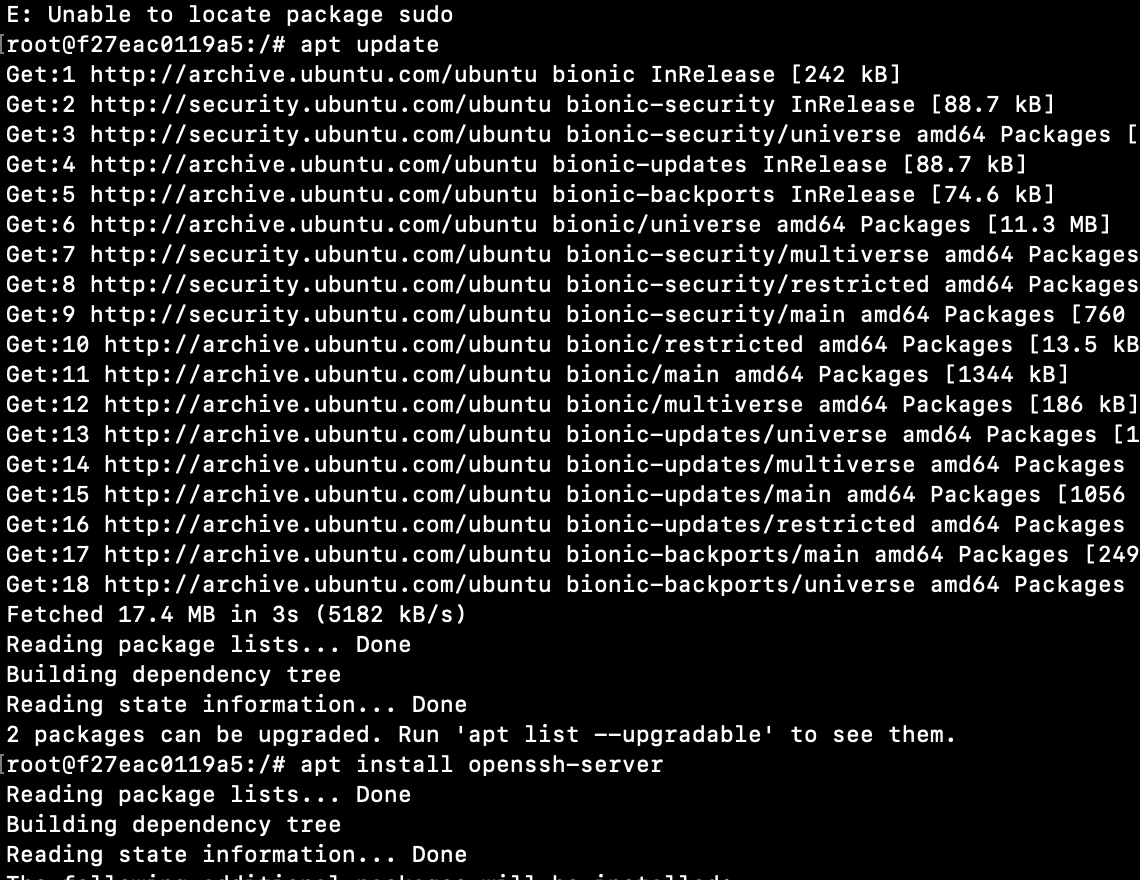

- #SUDO GEDIT COMMAND NOT FOUND MINT HOW TO#
- #SUDO GEDIT COMMAND NOT FOUND MINT INSTALL#
- #SUDO GEDIT COMMAND NOT FOUND MINT UPDATE#
- #SUDO GEDIT COMMAND NOT FOUND MINT DOWNLOAD#
Note that, although similar, in this case the directories contained in the PATH the non-privileged user (rkielty) and the super user are not the same. PATH=/usr/local/sbin:/usr/local/bin:/usr/sbin:/usr/bin:/sbin:/bin:/usr/X11R6/bin Here's some sample output of running the above env command first as an ordinary user and then as the root user using sudo env | grep sudo env | grep ^PATH To see what it is set to run env | grep ^PATH Each user sets their own PATH variable according to their needs. The PATH environment variable contains a list of directories which are searched for commands. The reason that the root user is not finding your command is likely that the PATH environment variable for root does not include the directory where foo.sh is located. When you run a command using sudo you are effectively running it as the superuser or root. rwxr-xr-x 1 rkielty users 0 14:47 foo.shįoo.sh is now executable as far as Linux is concerned. $ ls -l foo.sh # Now we see an x after the rw (Group and other only have read permission set on the file, they cannot write to it or execute it) $ chmod +x foo.sh # The owner can set the executable permission on foo.sh Owner has read and write access rw but the - indicates that the executable permission is missing $ ls -l foo.sh # Check file permissions of foo
#SUDO GEDIT COMMAND NOT FOUND MINT HOW TO#
Here's a summary of how to troubleshoot the Permission Denied error in your case. Switching to the Root User The root user has unrestricted access to all commands and files on a Linux system. To eliminate this error, you need to navigate your system as the root user. which will list the READ, WRITE and EXECUTE permissions for the file owner, the group owner and everyone else who is not the file owner or a member of the group to which the file belongs (that last permission group is sometimes referred to as "world" or "other") The sudo: command not found error signifies the absence of sudo privileges in your system or user profile. Once read and understood you should be able to understand the output of running. Since I upgraded to Linux Mint 18.2, it prompts for the password, and does nothing when I enter the correct password. To read the chmod documentation for your local system, run man chmod or info chmod from the command line. by jez9999 Sun 2:44 pm The comment 'gksu gedit' used to work, prompt me for a password, and run gedit as root so I could edit files that needed root access. chmod, an abbreviation of change mode, is the command that is used to change the permission settings of a file. In order to fully understand Linux file permissions you can study the documentation for the chmod command. Lesson to learn, do not run commands you have no idea about because someone blogged out it.In order to run a script the file must have an executable permission bit set. These steps are how not to run escalated privilege tasks in any Linux distro. Sudo su – we’re already logged in as root, says it all really. Rm /etc/apt/preferences.d/nosnap.pref – why are you deleting this file to later rely on it for recovery? If this is required sudo -i or sudo -s (gives you the root user shell) would be more optimal…however you should be reading the man pages before running random commands online with no or little knowledge. this will place you in the current working directory you were in prior to running sudo and enable you delete any files without any recourse whatsoever.
#SUDO GEDIT COMMAND NOT FOUND MINT UPDATE#
Neither will it drop yo u into the root ~. I have a similar problem and solved it by running the update and upgrade at the same on one command line. Sudo su #this is bad practice, and inherently wrong… you should be using sudoers and ‘sudo su’ will not give you login-specific resource files such as.
#SUDO GEDIT COMMAND NOT FOUND MINT DOWNLOAD#
Linux Mint 20 is out, you can download it now You can check what's new in Linux Mint 20 here:

It is just an indicator for the root console in which you have to type the commands above.

#SUDO GEDIT COMMAND NOT FOUND MINT INSTALL#
Finally, install the snapd package: # apt install snapd.Now, update the package cache for apt with this command: # apt update.Type the following command: # rm /etc/apt/preferences.d/nosnap.pref.To Disable Span in Linux Mint 20 To Enable Snap in Linux Mint 20,


 0 kommentar(er)
0 kommentar(er)
